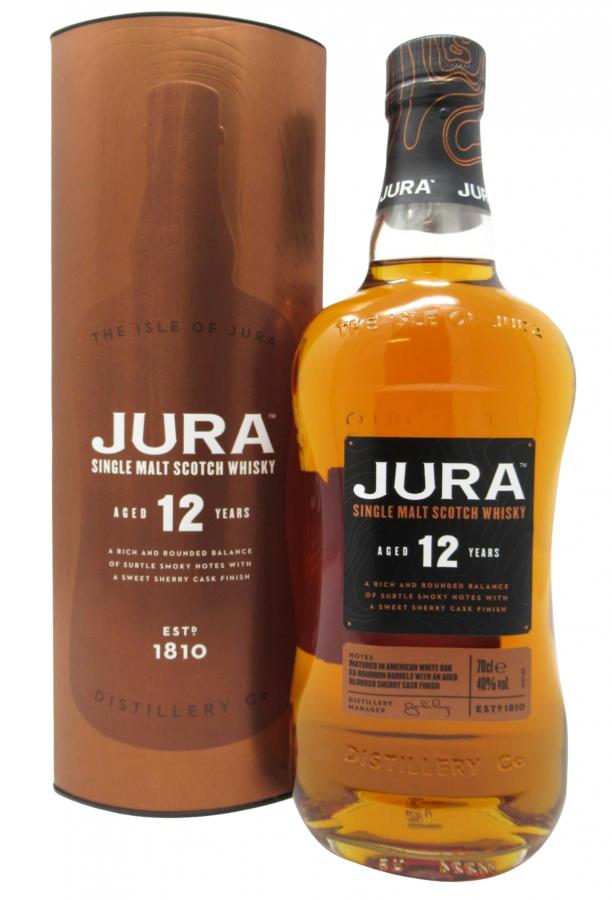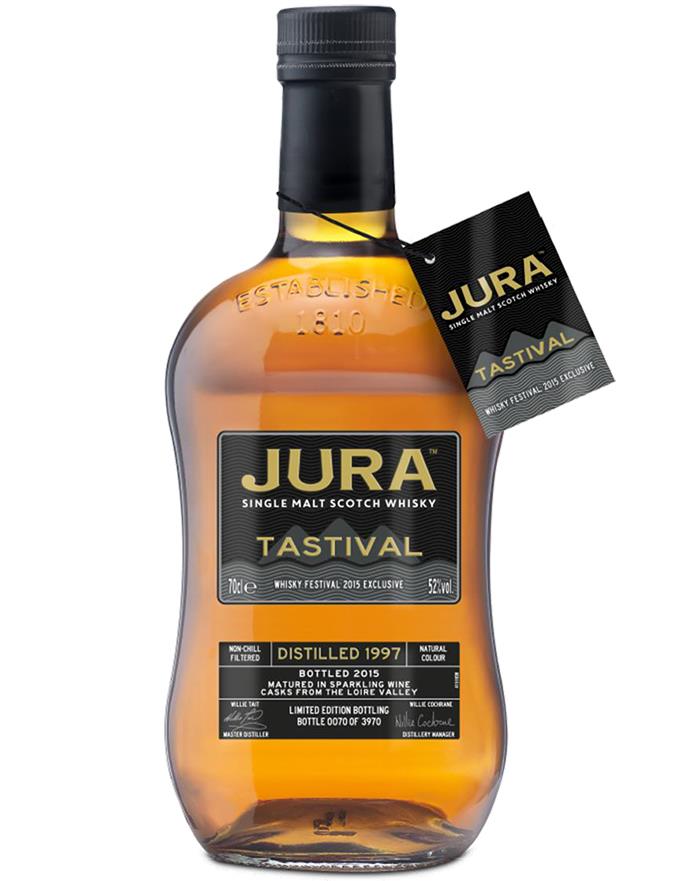

It is not intense nor challenging, but it is complex enough to reward contemplation. Jura has a lot of ardent admirers, and I can see why. This would be excellent with a mild cigar.

Flawless in execution, sweet and mild on the tongue, with a moderately perfumed aroma. Water is not needed here, but does add something interesting. With Water: Several drops of water draw out a bit more of the eccentric aspects of the sherry, namely a leather note, and some lemon peel, which continues through the palate and finish as extra tartness.

A final wave of very mild citrus – just pith, maybe – and a ghost of bitterness. Ladylike, even.įinish: The heather notes return, with honey and a bit of oaky tannins. Candied orange peels, tawny fudge, blanched almonds, and marzipan. Palate: Slightly chewy texture, and quite sweet. The fruit is fresh and bright, and backed up by a capable maltiness with breakfast cereal and spongecake. If there’s any Island peat present, it’s in the form of a soft, ferny, heathery aroma in the distance. Nose: Elegant citrus – grapefruit maybe, or bergamot. The 16 year-old official bottling, also subtitled ‘Diurach’s Own’ after the name for the people of Jura, spends 14 years in ex-bourbon, and then is transferred for 2 years into Amaroso Oloroso sherry casks to finish. Neither is peated, except for some peat that might be in the water used to mash and proof down the bottles. Jura is a little lighter in style and much more floral, while Dalmore is darker, sweeter, and more pungent. The whisky of each is surprisingly similar, with lots of sherry-derived flavor, and some citrus elements. Jura is one of my favourite distilleries and it has long been known that their Superstition expression was the very first single malt whisky that I tried back. The Isle of Jura distillery is owned by independent bottlers Whyte and MacKay, which also owns Dalmore distillery. Perhaps this harkens back to a time in Scotland when every community of 200 people required its own distillery? Sounds like a place I’d like to live! The tiny island claims only a few hundred inhabitants, and exactly one whisky distillery. Sales volumes for Jura single malt increased rapidly since 2010 and Jura is now the third most sold single malt in the UK after Glenfiddich and Glenmorangie.The Isle of Jura is within spitting distance of the eastern shore of the island of Islay, off of Scotland’s southwesterly tip. The acquisition of Jura and Dalmore brings growth to the company, which becomes one of the biggest drinks companies in the world selling in more than 100 countries. In Winter (November to March) the Visitor Centre/Shop is open - Monday - Friday 10:00 to 16:00 Summer opening Monday to Friday 10:00 to 16:30, with £6 Distillery Tours at 11:00 and 14:00.Book through the website - giving at least 24 hours See website for detais of more in depth tour options. At that time the Philippine spirits company may be the world's largest producer of brandy by far, but it may not be considered as a global company. Jura has a visitor centre and tours of the distillery are available. In 2014 Whyte & Mackay is sold to Emperador Inc. In 1985 Isle of Jura and others are acquired by Invergordon Distilleries, which 8 years later is acquired by Whyte & Mackay.

In 1978 stills are doubled form two to four to expand production. When Scottish & Newcastle Breweries obtains Charles Mackinlay & Co., big reconstruction and expansion take place and finally after decades, first distilling happens at Jura Distillery, in 1963. in 1960, but another establishment preexisted many years before just where Jura sits nowadays: in fact it was 1810 when Archibald Campbell founds a distillery names it Small Isles Distillery.Īs for many other distilleries, Jura history can be considered two-phased, since opening and closing happened during the years with a few changes of property. Modern-day Jura distillery is built by Charles Mackinlay & Co.


 0 kommentar(er)
0 kommentar(er)
